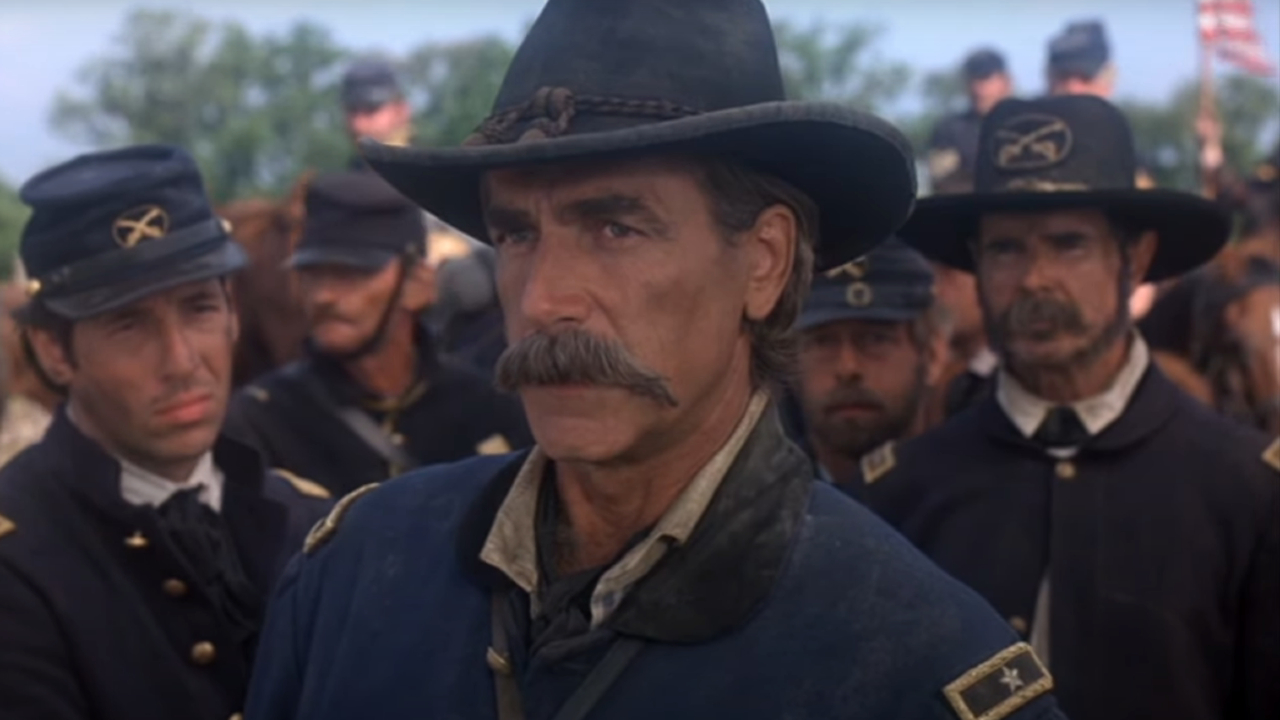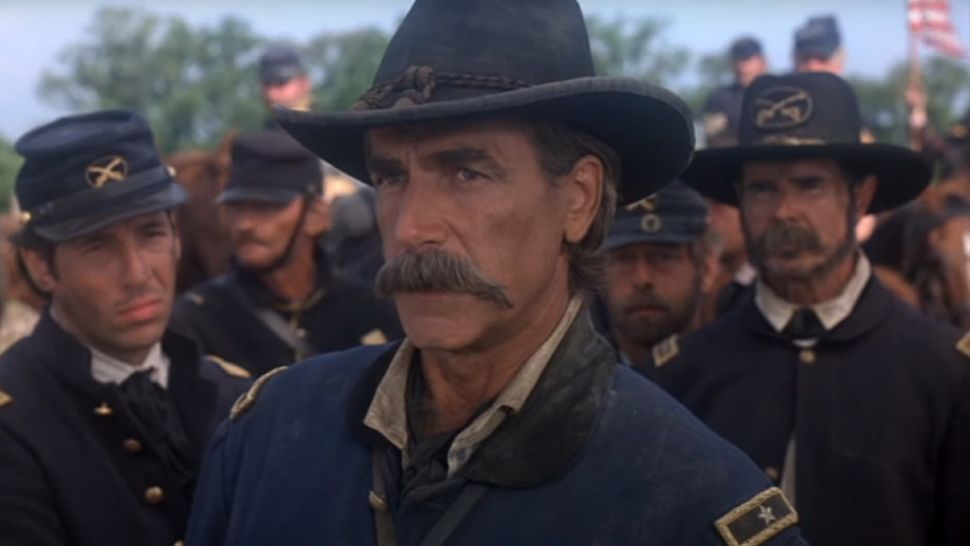My family just came back from a two-week vacation where we visited everything from two national parks to Colonial Williamsburg to the beaches along the Chesapeake Bay. However, the highlight of the trip was our final stop, two days in Gettysburg, the site of one of the most consequential battles of the American Civil War and one of the bloodiest confrontations in the nation’s history.
When I came home, one of the first things I did was to finally watch Ronald F. Maxwell’s Gettysburg, a four-hour epic recounting the heroics, devastation, and importance of the three-day battle between Union and Confederate forces in July 1863. And you know what? I’m so glad I waited so long to watch one of the most decorated Civil War films of all time. Here’s why…

Understanding The Sheer Size Of The Battlefield Made The 1993 Movie Hit Harder
best war movies, Gettysburg throws a lot at the viewer over the course of its four-and-a-half-hour runtime (I watched the extended version, the standard cut is just 20 minutes shorter). That said, I’m really glad all of the information, names, and different events from that Battle of Gettysburg were still fresh in my mind after visiting the museum a few days earlier. Even then, it was difficult at times to keep up with everyone and everything that transpired.
Though it’s easy to keep track of major players like Martin Sheen’s Robert E. Lee and Tom Berenger’s James Longstreet on the Confederate side or Jeff Daniels’ Joshua Chamberlain and Sam Elliott’s John Buford fighting for the Union, there are so many other secondary characters whose historical significance would have been lost on me had I not spent hours hearing of their tales. The same goes for the various conflicts that took place throughout the three-day battle.
Gettysburg National Military Park, per Turner Classic Movies (both were passion projects of Ted Turner, I should add). Though the whole movie wasn’t filmed on the actual hallowed ground, the skirmishes on Little Round Top and the Devil’s Den, two of the bloodiest sites during the battle, were shot where they took place some 130 years earlier.
I mention these two locations because they were two of the spots that impacted me the most on my tour of the battlefield. While standing atop the rock-covered hills of Little Round Top or walking through the Devil’s Den, I kept wondering what it must have been like during the heat of armed conflict. Well, watching Gettysburg helped me fill in the blanks and see what soldiers on both sides of the war saw during those fateful days in July 1863.
realistic war movie when it comes to the level of authenticity found throughout its epic runtime. A lot of the major events from the three-day battle show up in the proper order in the movie and are depicted in a way that is incredibly faithful to history, considering the limitations of the format.
While some of the beards look like dead animals or leftovers from a high school production (seriously, Tom Berenger’s facial hair looks like a broom loosely glued to his face), other elements were recreated with a great level of detail and respect, specifically when it came to the events at the end of the film. I still think I would have enjoyed this part of the movie even if I hadn’t gone to Gettysburg, but like other elements, this would have been lost on me.
en more emotional and fulfilling.
It’s amazing how well Jeff Daniels brought Joshua Chamberlain to life as he and his Union forces repelled a Confederate attack on the second day of the battle, and even more so for Stephen Lang as George Pickett during the Rebels’ failed attempt to take out the Yankees once and for all. The scene was Pickett tells generals that he is all that is left at the end is absolutely heartbreaking.
Overall, I think I would have still liked Gettysburg had I not visited the battlefield, but my experience walking on the same ground where so many men fell 160-plus years earlier added so much and created a cinematic experience I won’t soon forget.

